Falling (hard) for Buenos Aires
Though the city pays homage to Parisian elegance, Buenos Aires moves to its own eccentric beat. You might sit... The post Falling (hard) for Buenos Aires appeared first on A Luxury Travel Blog.
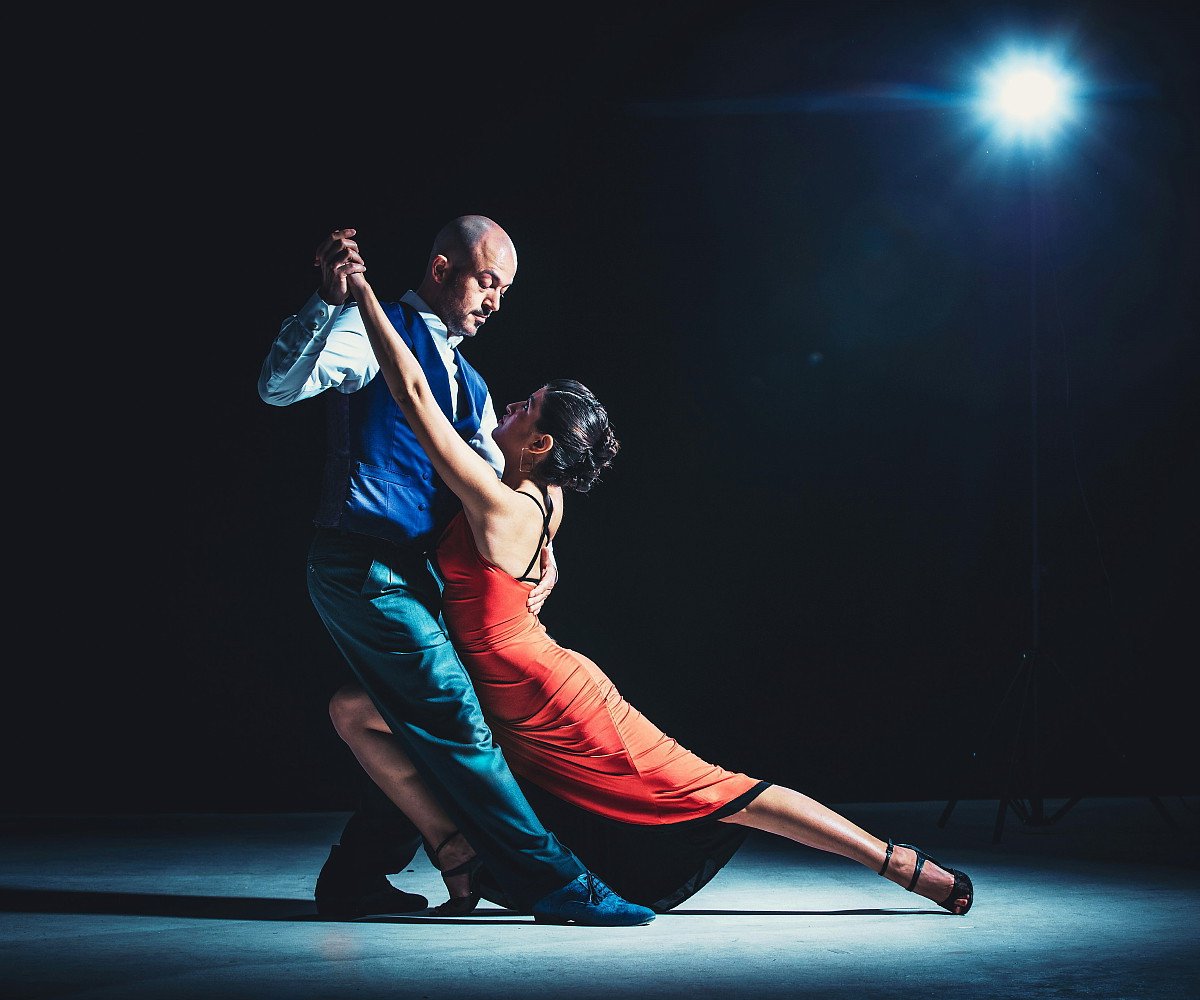
Though the city pays homage to Parisian elegance, Buenos Aires moves to its own eccentric beat. You might sit down to a dark cortado at some gilded, 1900’s café, while just around the corner you’re dwarfed by a modernist glass-and-steel behemoth.

This is a city that steals your heart with the seductive attraction of a back-alley tango dance club or that very first OMG bite of crusty bife de chorizo. That’s when you know – like I did years ago – that Buenos Aires doesn’t just amuse; it resonates …it echoes. Long after your journey has ended, its rhythm stays lodged in your chest, lingering like the aftertaste of a smokey malbec.
Here, you’ll see why Buenos Aires merits a place on your bucket list – not just for its postcard-perfect sights, but the real heartbeat of this city that’ll have you thinking twice about returning home. Believe me, you’ll need at least two weeks in BA, and even then, it’ll be too soon.
Ready to have your heart swiped? Read on for a countdown of the ten must-know facts on why Buenos Aires is unforgettable:
1. Cool and unique neighborhoods, each with their own personality
In fact, it’s better to think of Buenos Aires less as neighborhoods and more as stories; walk a couple blocks and you’ll see the shift from Parisian grandeur to tango-soaked alleyways after passing by rainbow-colored houses and ending up in the shade of century-old rubber trees. Here is a city begging to be explored with curious eyes, at a measured tempo, and with a voracious hunger for drama of all types – architectural and human alike.
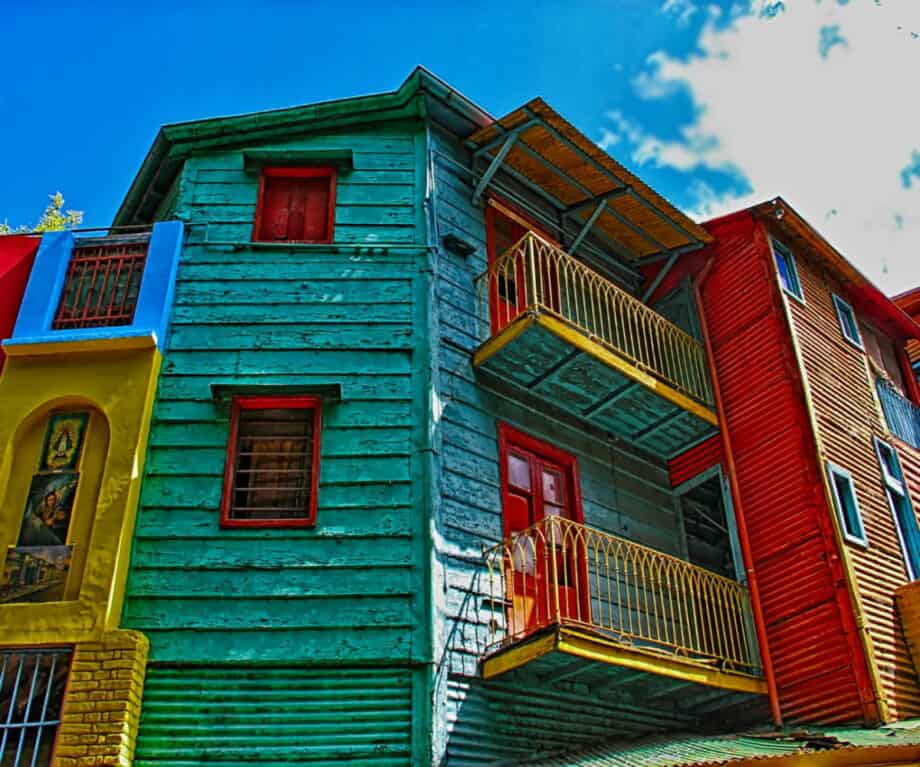
Begin in the La Boca quarter, a picture-book image brought to life with azure-blue houses, soccer fever at the local La Bombonera stadium, and street entertainers who’ll move your soul with just their first.
And then there’s Palermo, the city’s hip heartbeat. Stroll its leafy side streets and boutique shopping by day, and observe how it transforms at night into a cluster of candlelit wine bars and steakhouse evenings (at Don Julio’s, a perfect, charcoal-grilled, masterfully prepared asado steak alone makes your trip worth it).
Down the street, the Recoleta district is charged with a certain air of aristocratic grace. At the same time, the essence of the city can be experienced in another district: San Telmo. This is where Sundays explode with antiques markets and you can see tango dancers warming up on cobblestone streets. Stay late enough and you’ll stumble onto dimly lit tango clubs in full swing.
Our tip: Abandon any set agenda. Let the city itself be your guide — leading you to a hidden parrilla in Almagro or an all-night jazz club in Microcentro. Buenos Aires is most fully enjoyed by those who improvise.
2. More ways to experience tango
As midnight strikes in Buenos Aires, the city sheds its measured daytime identity and takes on a more sensual character. The focus? Tango. It’s the rhythm of the city, its oldest love affair, and maybe the most intoxicating reason to be out under the cloak of night.
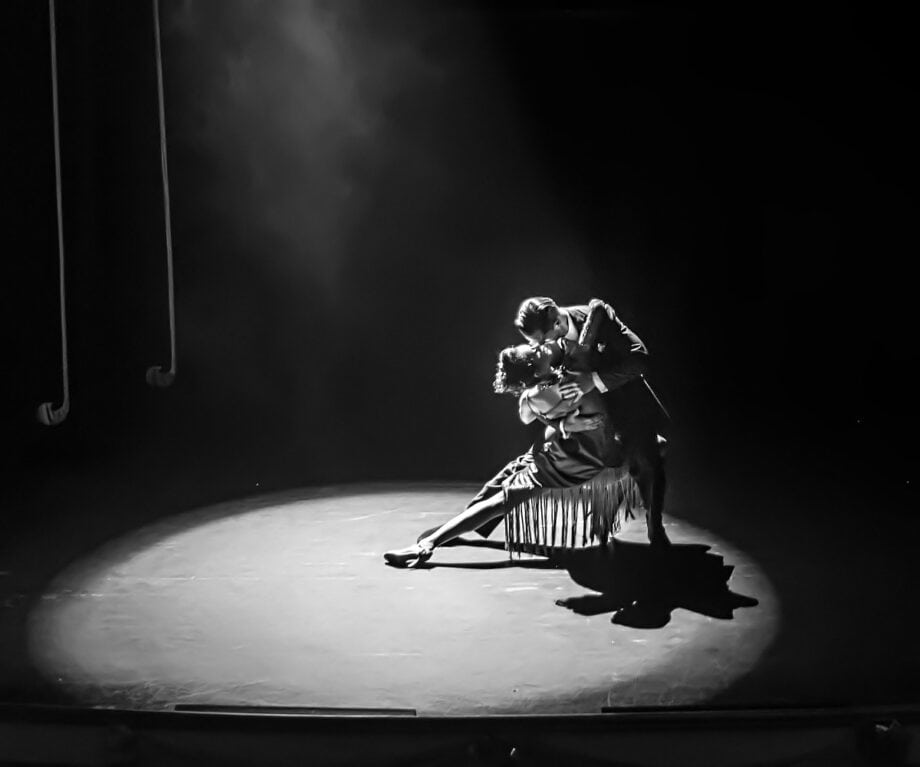
Far from being a tidy dance class, this is raw passion—with strangers making eye contact across sweat-slicked milonga dance floors, with the sounds of accordion-like bandoneóns wafting like smoke out of open windows. A waiter hesitates briefly, taking a moment to observe the perfect move of a couple’s ocho, while you find yourself involuntarily swaying to the rhythm after your second glass of Malbec.
Of course you have choices, naturally. Remove all the stops and go for broke at Rojo Tango’s glimmering dinner show, where sequins shine under chandeliers and your steak shows up at just the right moment to divert attention from your rosy hue. Or you might want to pace yourself and go to La Catedral, a milonga tango bar where fellow novices dance side by side with masters, and where the only rule is to have fun and be moved by the music.
3. World-class cuisine
There’s a subtle allure when it comes to dining in Buenos Aires. It begins not with the beef—but with ceremony. A glass of rich, plum-hued Malbec appears with your waiter, who’s unflappable and stylish as they recite the specials in half-whispered Spanish. You might wind up dining beneath the gilded dome of a Belle Époque manor house in Recoleta or under trailing vines in a Palermo courtyard, but wherever you dine, you’ll see for yourself how this city is serious—no, passionate—about its food.

Sure, the highly touted bife de chorizo lives up to its reputation; the seared outside giving way to its juicy core, but Argentina’s dining rebirth extends far beyond. Nikkei ceviche gleams on plates alongside wood-fired empanadas; pasta is handmade, rolled with generations of Italian memory; and even the simplest medialuna croissant at a corner café somehow tastes like a shared secret.
But what makes Buenos Aires exceptional isn’t just its food—it’s the chefs’ care, their pride, their reverence. Here, they break with trends and instead craft experiences. In Buenos Aires, pleasure is not just eating; it’s identity, it’s poetry, and it endures long after the final sip of espresso.
Everything you need to plan your trip in 2025
4. Affordability: Upscale travel at bottom-shelf prices
Buenos Aires in 2025 is still one of the world’s most fascinating bargains—but only if you’re savvy about Argentina’s economic quirks. The country’s chronic inflation and currency controls have created a strange double economy where tourists with foreign currency can live like royalty, though local Argentinians are stuck paying through the nose.

As Argentina continues to experience economic instability, tour operators offer the perfect answer to visiting Buenos Aires, as your costs are fixed in stable currencies like US dollars or euros. As such, your costs are not affected by the country’s inflation rate. Plus, tour operators achieve favorable exchange rates behind the scenes, passing savings on to you in terms of upgrades and added value.
Traveling with a tour operator is to experience Buenos Aires at its finest while avoiding economic complexities — leaving you free to indulge in the city’s charm without economic concerns.
5. Sensational nightlife
In a city where dinner at 10 p.m. is the early bird special, it’s no surprise that nightlife in Buenos Aires doesn’t even “start until tomorrow”—and staying out till sunrise is always considered an option.
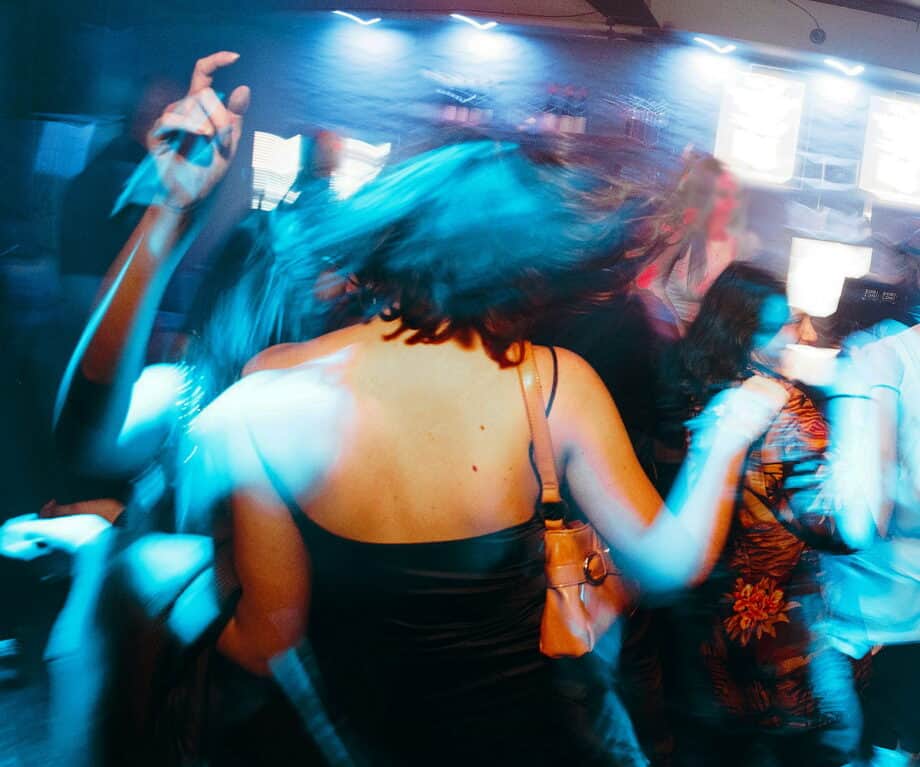
At Palermo’s cocktail temples—ones like Tres Monos (ranked #7 globally)— they mix drinks with the precision of watchmakers, while San Telmo’s hidden milongas burn with a tango so fiery you’ll forget you’ve got two left feet.
This is the city in which speakeasies are concealed behind flower shops (Florería Atlántico) and subway entrance facades (Uptown). Looking for thumping bass over the din of bartenders? Niceto Club’s electronic beats or La Bresh’s theme nights will keep you dancing until the empanada vendors begin their morning rounds.
Then too, the Buenos Aires LGBTQ+ scene in Palermo and San Telmo isn’t just tolerated—it’s celebrated. And the city’s members of the exclusive club of “World’s Best Bars” aren’t pretentious sanctums; instead, they’re places where rum flows free and the crowd’s laughter is louder than the DJ.
6. Stunning old architecture and landmarks
Buenos Aires doesn’t allude to its history—rather, it flaunts it, boldly, on its facades and walls. Go a couple blocks and the look transforms: Find French academicism alongside brutalist concrete, or neoclassical columns facing surrealist curves. It’s all head spinning—but the “good kind” of head spinning.
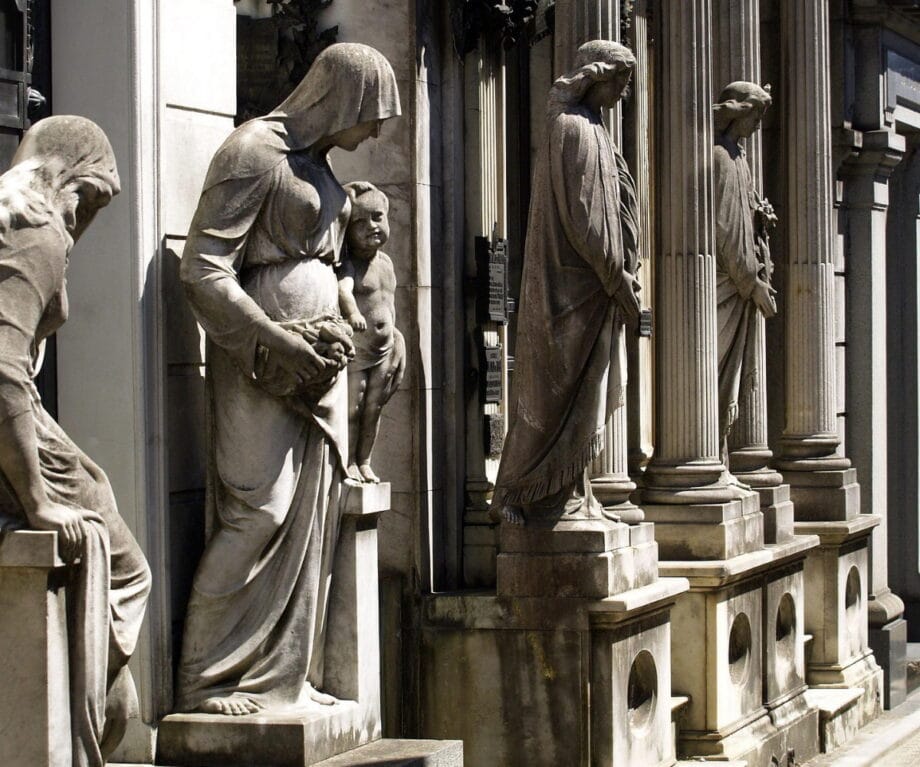
Head to the Recoleta Cemetery, where history lies behind iron gateways. But it’s not just graves—it’s a garden of sculpted art; a tranquil gallery of lives lived with passion. And don’t miss Palacio Barolo. Based on Dante’s Divine Comedy, the building is pure symbolism, emerging from hell to reach heaven—almost literally. On the roof is a lighthouse whose beam shines across the city.
It’s all somewhat surreal, but totalmente Buenos Aires.
7. BA’s a cultural dynamo
For those who want even more than stunning architecture and monuments, Buenos Aires provides a cultural jolt that stays with you long after you leave.The Museo Nacional de Bellas Artes offers a chance to view masterpiece paintings while Teatro Colón consists of seven golden levels that are each no less than cinematic. A show there? Incomparable. One traveler I spoke to left in tears—with no Spanish needed to recognize the sentiment.
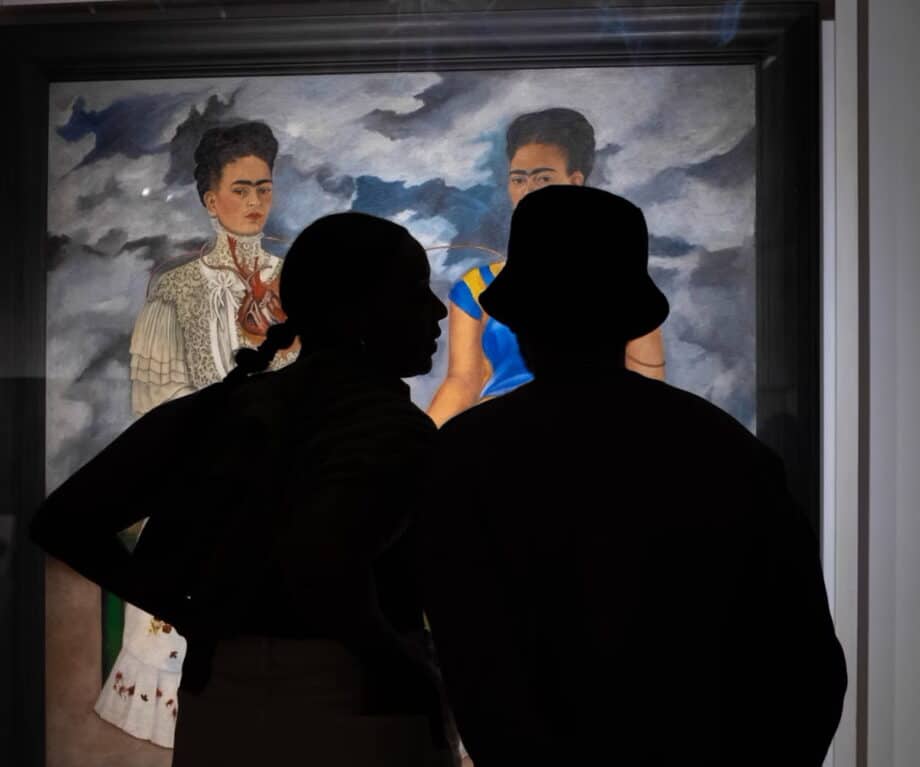
Other spaces like the Centro Cultural Recoleta and Usina del Arte move you differently. The atmosphere is more youthful, more experiential. You may even come across a multimedia installation that, frankly, makes you question what “art” is at all.
And then there’s the completely unforeseen—a gallery practically hidden up above a record store, or a tango rehearsal in a plaza at sunset. But these aren’t add-ons to a tour — they are your journey.
The impact on visitors is profound. You don’t just observe Buenos Aires; you take part in it. And in between the galleries, music, and those serendipitous moments—you belong to it.
8. Futbol (aka “soccer”): Virtually a religion
Forget anything you think you know about spectacle sports—football in Buenos Aires is much more than a game; it’s an immersive, full-contact cultural experience.

Yes, the passion is real. Yes, it can be intense (can you imagine less from a city that has more stadiums than any other on the globe?). That’s why it’s best to go with an insider tour operator —we’ll arrange tickets for you to the superclásico (the age-old grudge match between Boca and Rio Plata), take you to the safest stands (the fans can get rowdy) and counsel you on wearing neutral colors so you don’t inadvertently take sides.
9. A shopper’s paradise
As for shopping in Buenos Aires, it’s not so much about cold marketplace transactions as it is about emotion. The city doesn’t just sell you products, it charms you with tales stitched into leather, embroidered into fabric, and etched into silver.

Start in Palermo Soho, where local designers perform their magic in converted townhouses. As for the leather there, it’s of such high quality that it’ll make you question your entire wardrobe. Watch artisans hand-stitch jackets that feel like a second layer of skin; and try—just try—leaving empty-handed.
Just a few blocks away, Recoleta murmurs old-world glamour within its arcades where you’ll find everything from French perfumes to hand-carved mate gourds.
And then there’s Sunday in San Telmo. What a place! The market unfolds like a living book where each stand is a different page—with their antique pocket watches, tango records, and vintage lace fluttering in the wind. Accordion music and the aroma of popping choripán hang in the air. The temptation is such that you’ll buy things you didn’t know you’d always wanted.
Still, art isn’t confined to museums in BA. It overflows into the streets of La Boca, where houses burst with crayon-box colors, into workshops in Barracas, and at places where jewelers forge Patagonian myths into rings.
Here, you’ll discover the real, true value. It’s not what you buy but experiencing who you buy it from. It’s the leather craftsman who pours you a mate and asks you to stick around while he finishes your bag. It’s the vendor who hands you a mate gourd as if it’s sacred. You’ll ultimately leave not so much with souvenirs—but with stories you’ll never forget.
10. Your springboard to other adventures in Argentina
Come on, let’s be real – you’re not coming to Argentina just for tango and empanadas (as great as they are). Within a couple-hours-or-so flight, you can find yourself:
drinking full-bodied Malbecs in Mendoza against an Andean backdrop having Iguazu’s 275 waterfalls’ spray on your face (nature’s most intense spa treatment) hiking under Patagonia’s saw-toothed peaks in El Chaltén observing the Perito Moreno glacier’s electric blue hue as it calves into Lake Argentino Explore Bariloche’s chocolate shops that seem plucked from the Swiss Alps
The bonus? You don’t have to pick one experience. With Argentina’s extensive domestic coverage of flights, you can wake up to warm croissants in Recoleta, have lunch in wine country, and sleep to gusting winds in Patagonia – all in the same day.
Our tip: Always sit by the window. The spectacle of flying over the Andes is, by itself, worth the journey.
The Upshot: Buenos Aires is where connections are never far away
Let’s get this straight once and for all: Buenos Aires isn’t merely worth a visit; it’s worth falling head-over-heels in love. The city doesn’t just tick all the boxes; it redraws your entire framework of urban enchantment.

Yes, the architecture amazes (think Recoleta mansions!); sure, the nightlife thumps (when do people here ever sleep?); but what you’ll remember most are poignant moments of connection: sipping a woody mate on the roof of the Alvear Palace while distant soccer fanatics explode in cheers, or that golden hour when the whole city seems immersed in a honey-colored light.
Consider this text your cue to make Buenos Aires your next getaway. Just remember though, it won’t be on us if you find yourself apartment hunting in the Palermo district.
Alfonso Tandazo
Alfonso Tandazo is President and CEO at Surtrek Tour Operator. Surtrek Tour Operator is a well-established firm, specializing in custom-designed luxury tours in Ecuador, the Galapagos and throughout the rest of South America. If you would like to be a guest blogger on A Luxury Travel Blog in order to raise your profile, please contact us.
Did you enjoy this article?
Receive similar content direct to your inbox.

 Kass
Kass 










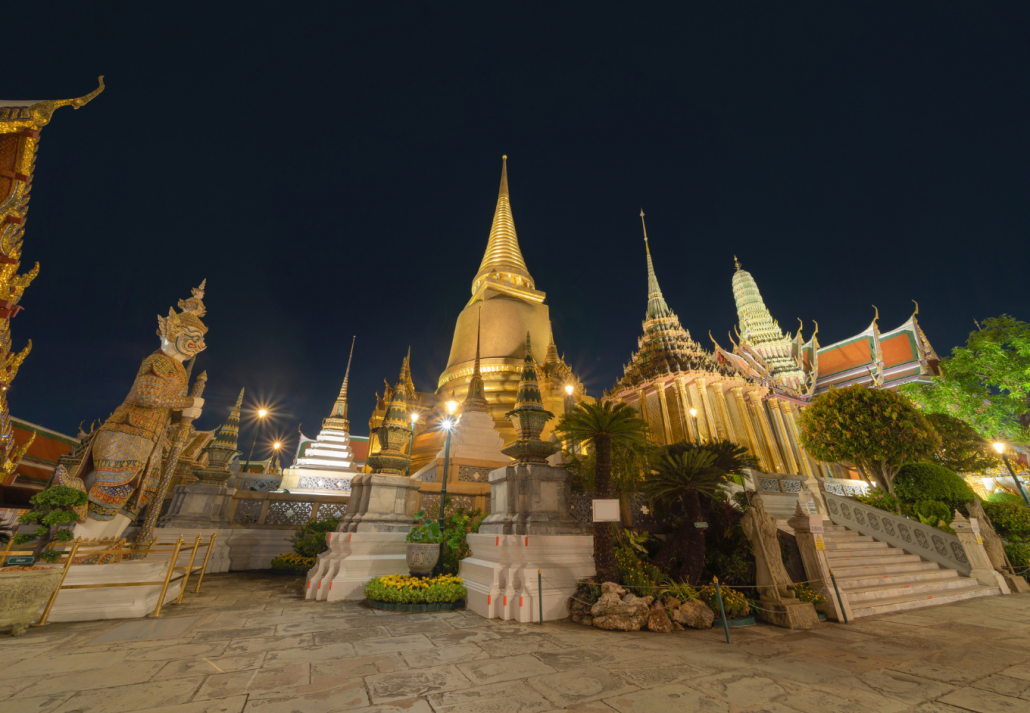








![The 2026 AI Search Benchmark Every SEO Leader Needs [Webinar] via @sejournal, @lorenbaker](https://www.searchenginejournal.com/wp-content/uploads/2025/11/1-259.png)



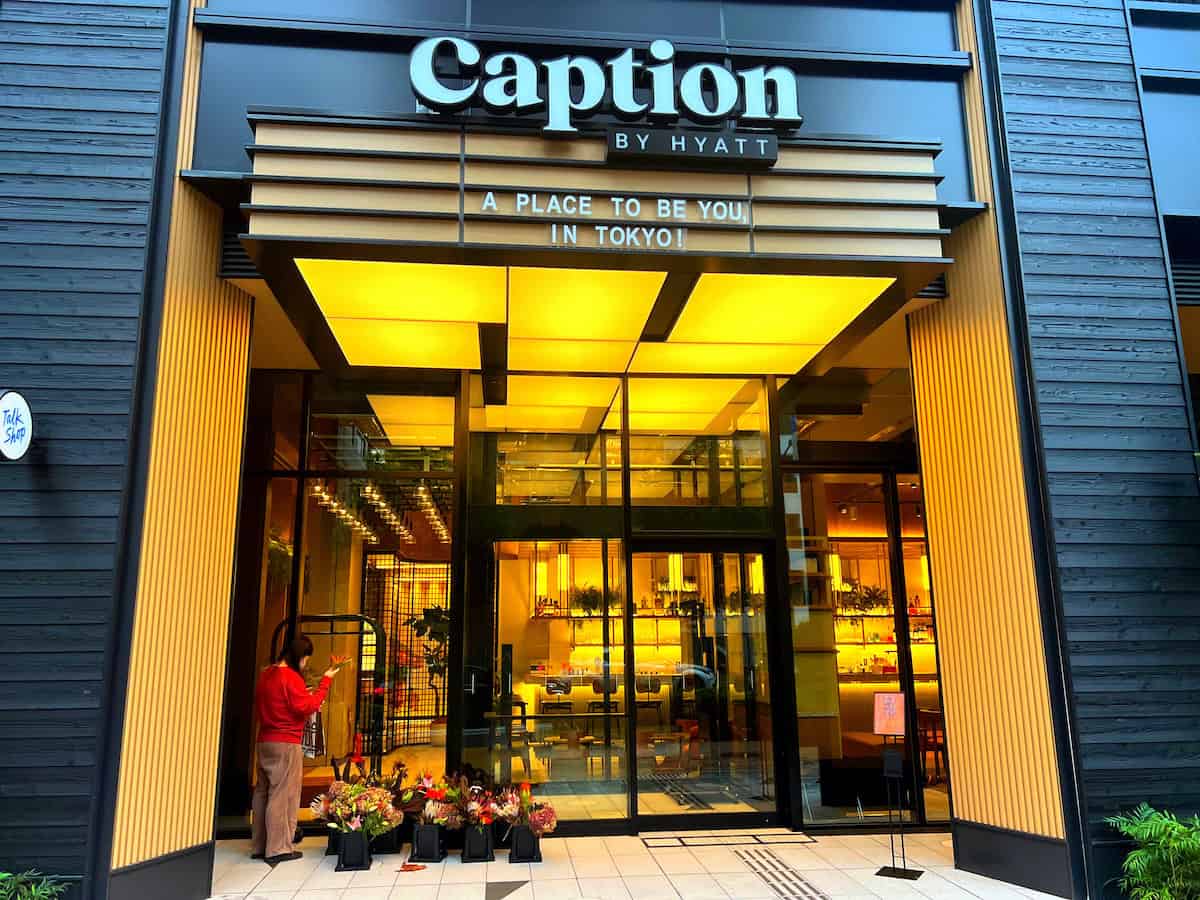



.jpg&h=630&w=1200&q=100&v=ebcc31501f&c=1)




